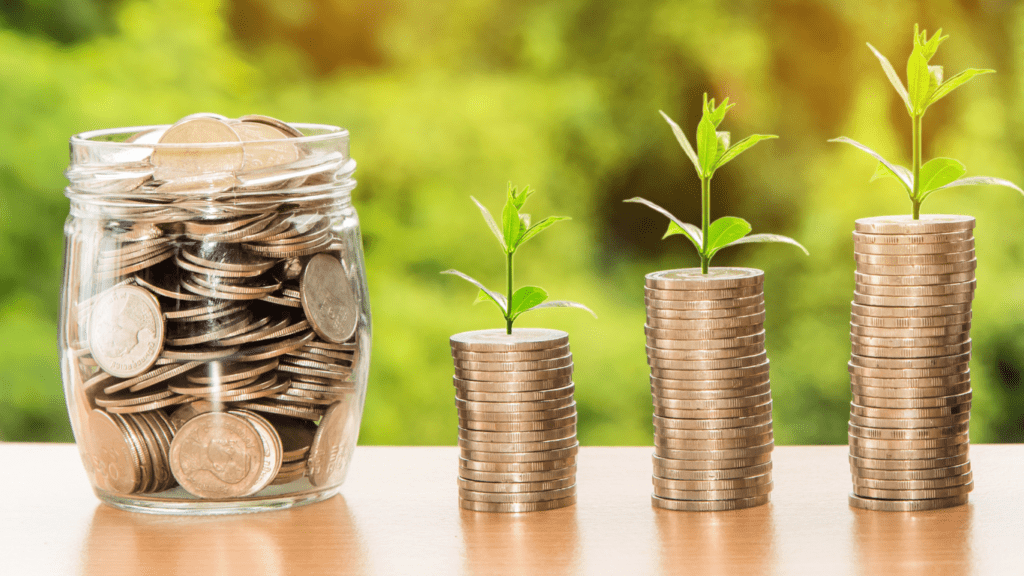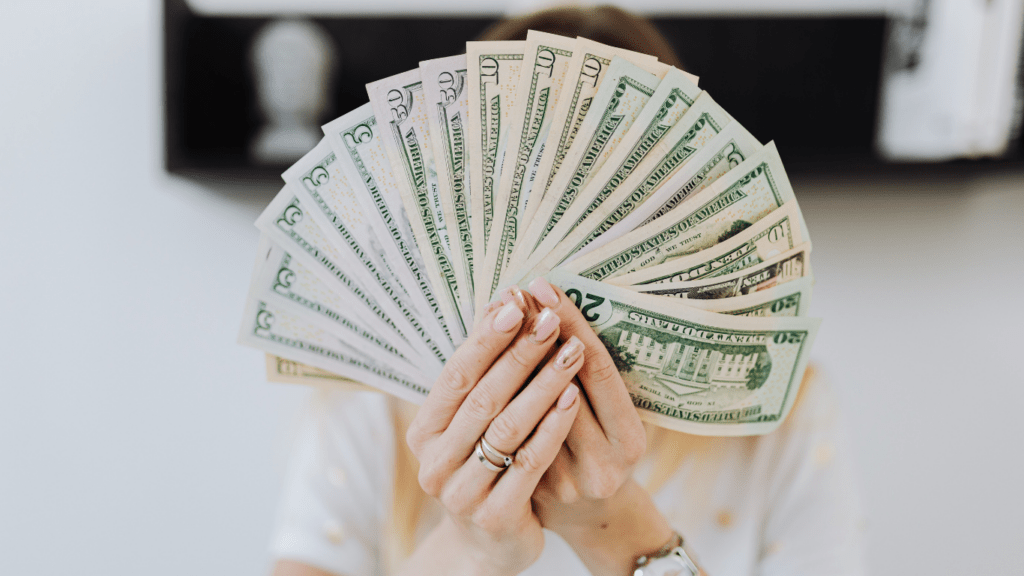Understanding Art Pricing
Pricing art requires a deep understanding of various factors that influence the market. Awareness of these elements can help artists set prices that maximize profit and sustain their careers.
Factors That Affect Art Prices
Several factors influence art pricing:
- Artist’s Reputation: Established artists, recognized through exhibitions or awards, can command higher prices because their work is sought after.
- Medium and Materials: Art made with expensive materials or time-consuming techniques can warrant higher prices. For example, oil paintings often cost more than digital prints.
- Size of the Artwork: Larger pieces typically cost more due to the increased material and effort involved.
- Complexity and Detail: Detailed and complex artwork may be priced higher because it represents more hours of work.
- Market Trends: Current trends in the art market can impact prices. Artists must stay informed about what styles or subjects are popular.
- Location: Artwork prices can vary depending on the location of the sale. For instance, art sold in New York might be priced higher than in smaller cities due to the market demand.
Common Pricing Mistakes to Avoid
Avoiding common mistakes ensures the accuracy of art pricing:
- Underpricing: Setting prices too low can devalue the art and make it harder to raise prices over time. Research similar works and price accordingly.
- Overpricing: Pricing too high can deter potential buyers. If art consistently fails to sell, reassessing the price might be necessary.
- Ignoring Costs: Failing to account for costs like materials, studio rent, and marketing can lead to underpricing. Always factor in these expenses.
- Inconsistent Pricing: Marking similar pieces at vastly different prices confuses buyers. Consistency across similar works preserves credibility.
- Neglecting Market Trends: Ignoring current trends can lead to pricing artwork out of the market. Stay updated on what buyers are currently seeking.
- Lack of Research: Not researching how other artists price similar work can result in poorly informed prices. Compare prices of similar art to gauge the market.
Artists who understand these factors and avoid these mistakes can confidently set prices that reflect their work’s true value. This supports maximum profit while maintaining a sustainable artistic career.
Research Before Pricing Your Art

Understanding the art market is crucial for setting the right price for your artwork. Conduct thorough research before finalizing any pricing decisions.
Understand Your Market
Identifying your target market helps determine your pricing strategy. Consider factors like age, income level, location, and art preferences of potential buyers. Engage with galleries, attend art fairs, and utilize online art platforms to gather insights. According to a report by Art Basel and UBS, established collectors typically spend millions annually, while emerging collectors spend less.
Analyze Competitor Pricing
Evaluating competitor prices offers a benchmark for your pricing. Compare works similar in medium, size, and style from artists at similar career stages. Utilize online galleries and auction results for relevant data. For instance, price variances generally reflect differences in reputation, demand, and quality. Use these benchmarks to position your art competitively without undervaluing your work.
Strategies for Pricing Your Art
Determining how to price your art to maximize profit involves several strategies. I’ll outline these strategies to help you set prices effectively.
Cost-Based Pricing
Cost-based pricing involves calculating the total cost of producing a piece and adding a markup to ensure profit. Include materials, time spent, and overheads. For example, if your painting’s material costs total $100 and you spend ten hours creating it with an hourly rate of $20, the base cost is $300. Adding a 50% markup results in a price of $450.
Value-Based Pricing
Value-based pricing focuses on the perceived value of your artwork to the buyer. Consider what makes your art unique and the emotional or aesthetic impact. If a buyer values your story, style, or rarity, they might pay a premium. For instance, artwork that connects emotionally with buyers could fetch higher prices due to its perceived intrinsic value.
Demand-Driven Pricing
Demand-driven pricing revolves around how much buyers are willing to pay. Investigate market trends and observe selling prices for similar artworks. If your type of art is in high demand, you might price it higher to maximize profit. For example, if the art market trend shows high demand for abstract pieces comparable to yours, you could leverage this and set a competitive yet profitable price.
Tips for Adjusting Prices Over Time
Artists need to review and adjust their art prices periodically for sustained profitability. Doing so helps align prices with market conditions and perceived value changes.
When and How to Increase Prices
It’s essential to recognize the right time to increase art prices. Typically, if demand exceeds supply or if the artist gains substantial recognition, it’s time for a price hike.
I can monitor my sales pace to determine if my work frequently sells out. When planning an increase, I consider incremental steps, raising prices by 10-15% annually to avoid shocking my customer base. I review current market trends and competitor pricing to make informed adjustments.
Handling Discounts and Promotions
Discounts and promotions can drive short-term sales without compromising long-term value. I might offer seasonal discounts or bundle deals for multiple pieces. When setting up discounts, I ensure the reduced price still covers my costs. Promotions should have clear start and end dates to maintain a sense of urgency. This strategy helps attract buyers while preserving the artwork’s perceived value.
Maximizing Profit Through Marketing
Artists can maximize profit by leveraging strategic marketing techniques. Utilizing various marketing platforms increases visibility and drives sales.
Leveraging Social Media
Social media platforms like Instagram, Facebook, and Twitter offer vast opportunities to showcase art. Posting consistently builds an engaged following and fosters community.
High-quality images of art, behind-the-scenes content, and engaging captions keep followers interested. Hashtags expand reach beyond immediate followers. Collaborating with influencers or participating in online art communities enhances visibility. Paid advertising on these platforms targets specific demographics, boosting sales.
Building a Strong Brand Identity
A strong brand identity establishes a recognizable and professional image. Consistent visual elements—such as logos, color schemes, and typography—differentiate one’s art from others.
Crafting a compelling artist statement and maintaining an updated portfolio attracts potential buyers. A professional website serves as a central hub, integrating social media and providing e-commerce capabilities. Engaging regularly with followers, sharing personal stories, and exhibiting unique artistic style build brand loyalty, encouraging repeat purchases and referrals.

 Anna Freehill, a key contributor to Avant Garde Artistry Hub, plays a vital role in shaping the platform’s vision. As an author and collaborator, she helps bridge the worlds of art and technology, offering insightful articles that guide artists through the rapidly evolving creative landscape. Anna’s dedication to highlighting art's therapeutic value has contributed to the platform’s focus on mental and emotional well-being through creative expression.
Her involvement in building Avant Garde Artistry Hub has been instrumental in providing valuable resources to artists seeking to enhance their careers. Whether through her writing on business strategies or her support in platform development, Anna is committed to fostering a space where artists can thrive and embrace the future of art.
Anna Freehill, a key contributor to Avant Garde Artistry Hub, plays a vital role in shaping the platform’s vision. As an author and collaborator, she helps bridge the worlds of art and technology, offering insightful articles that guide artists through the rapidly evolving creative landscape. Anna’s dedication to highlighting art's therapeutic value has contributed to the platform’s focus on mental and emotional well-being through creative expression.
Her involvement in building Avant Garde Artistry Hub has been instrumental in providing valuable resources to artists seeking to enhance their careers. Whether through her writing on business strategies or her support in platform development, Anna is committed to fostering a space where artists can thrive and embrace the future of art.